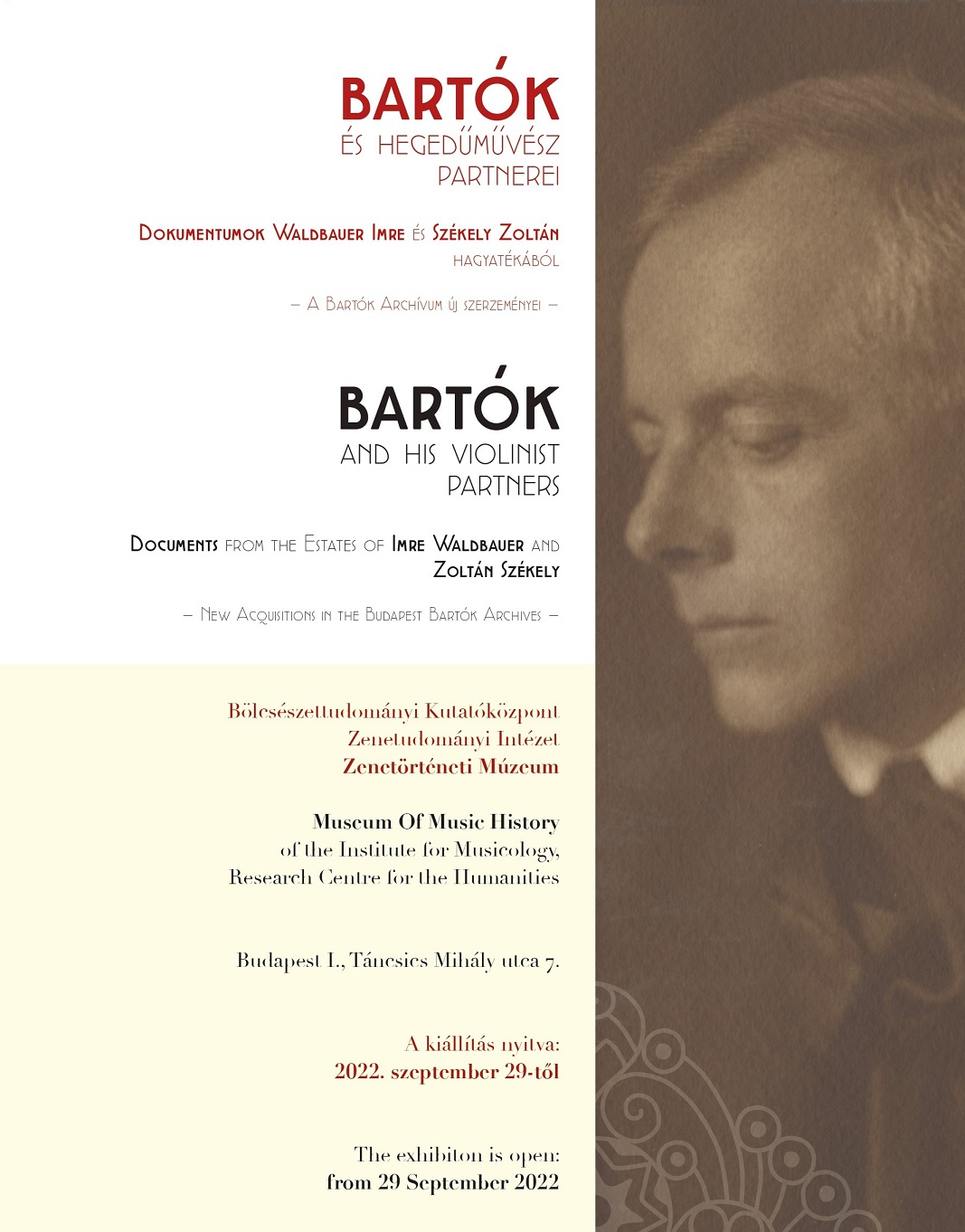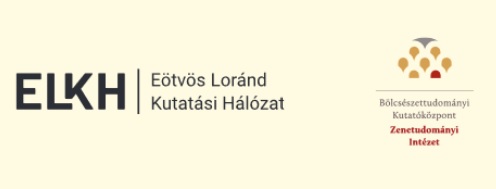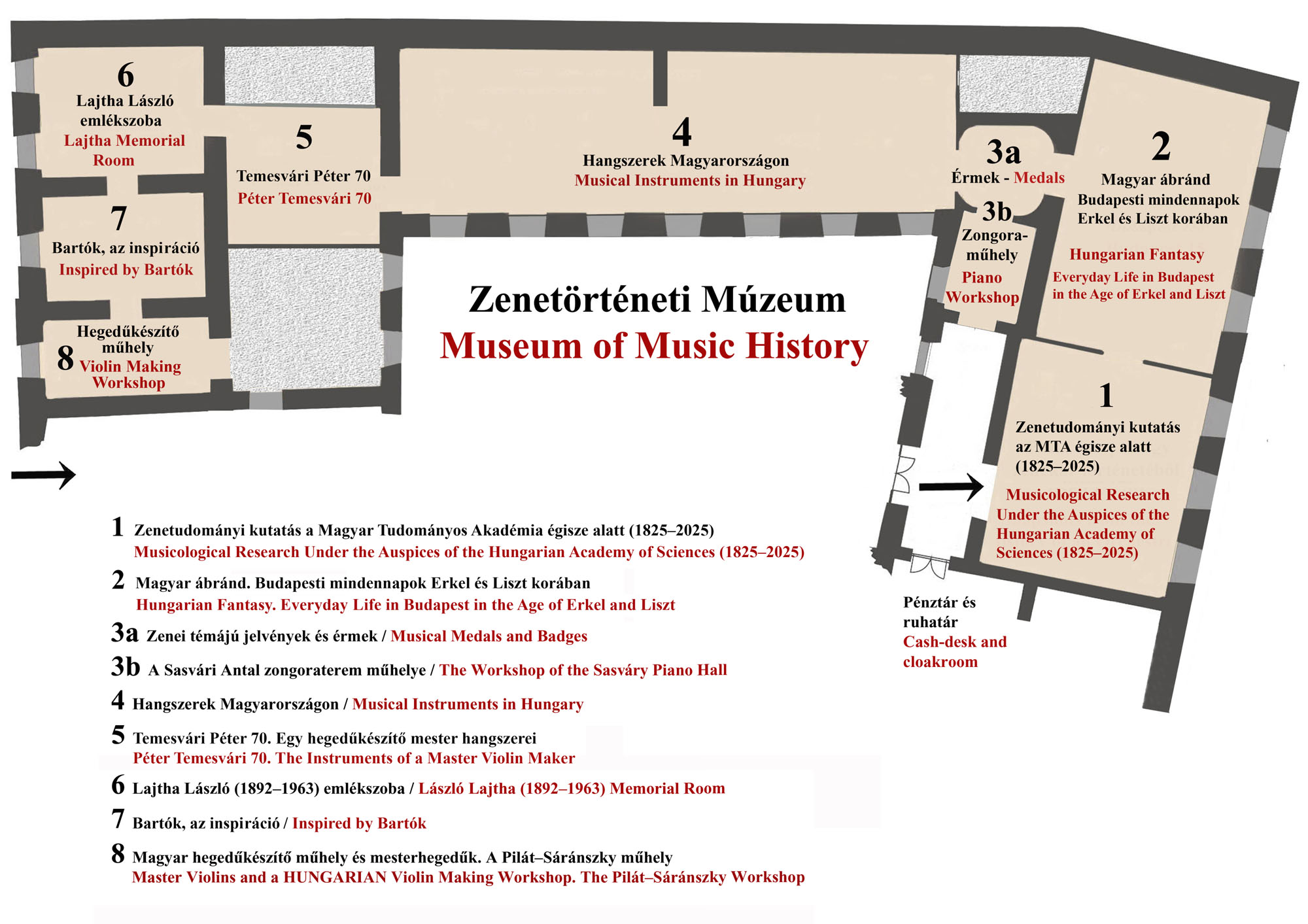Closed Exhibitions in the Museum of Music History
Bartók and his violinist partners - Documents from the estates of Imre Waldbauer and Zoltán Székely
Exhibition in the 2nd room of the Museum of Music History
Curator: VIKÁRIUS László, NÉMETH Zsombor, BÜKY Virág
TEMPORARY EXHIBITION
The exhibition is open: From 29 September to 26 March 2023
The composer, pianist and folklorist Béla Bartók (1881–1945) often composed for the other most important solo concert instrument of the period, the violin. Apart from his youthful output he created two Sonatas for violin and piano (1921 and 1922, for Jelly Arányi), two Rhapsodies (1928, for Joseph Szigeti and Zoltán Székely) and two Violin Concertos; the first movement of the withdrawn early Violin Concerto (1908, for Stefi Geyer) was also published as the first, “Ideal,” movement of the Two Portraits and a second Violin Concerto was composed twenty years later (1937/38) commissioned by Zoltán Székely. One of his very last completed works was the Sonata for Solo Violin, composed for Yehudi Menuhin in America (1944). Bartók regularly appeared on the concert platform with great violinists, mainly former pupils of Jenő Hubay’s famous violin school. Imre Waldbauer was also one of them. With his quartet ensemble, however, he also played a crucial role in the early performance history of Bartók’s six String quartets.
The temporary exhibition of the Budapest Bartók Archives principally presents for the first time documents that have recently become part of its collections. On the one hand, manuscripts, music scores, letters and other memorabilia from Imre Waldbauer’s estate have been donated to the Bartók Archives by the widow and daughter of Ivan Waldbauer, the violinist’s son. On the other hand, the Hungarian State purchased Bartók’s letters to Zoltán Székely depositing it at the Archives. Further documents from the collection of the Archives (music manuscripts, programme bills, letters, photos, archival sound recordings) supplement and help to inter pret the new acquisitions, unique sources also for research and witnesses of a signi ficant chapter of 20th-century music history of lasting relevance and rare international importance. They are mementos of great works of art as well as enlightening documents of the relationship between artistic creation and performance.
Curator: VIKÁRIUS László, NÉMETH Zsombor, BÜKY Virág
Contributors from the Museum of Music History: BORZ Zsófia, GÖMÖRI-CSONKA Szilvia,
from the Bartók Archives: SCHMIDT Zsuzsanna
Design: DEÁK Panka
Sponsores:

Pictures of the exhibition:
Pictures of the opening ceremony:


